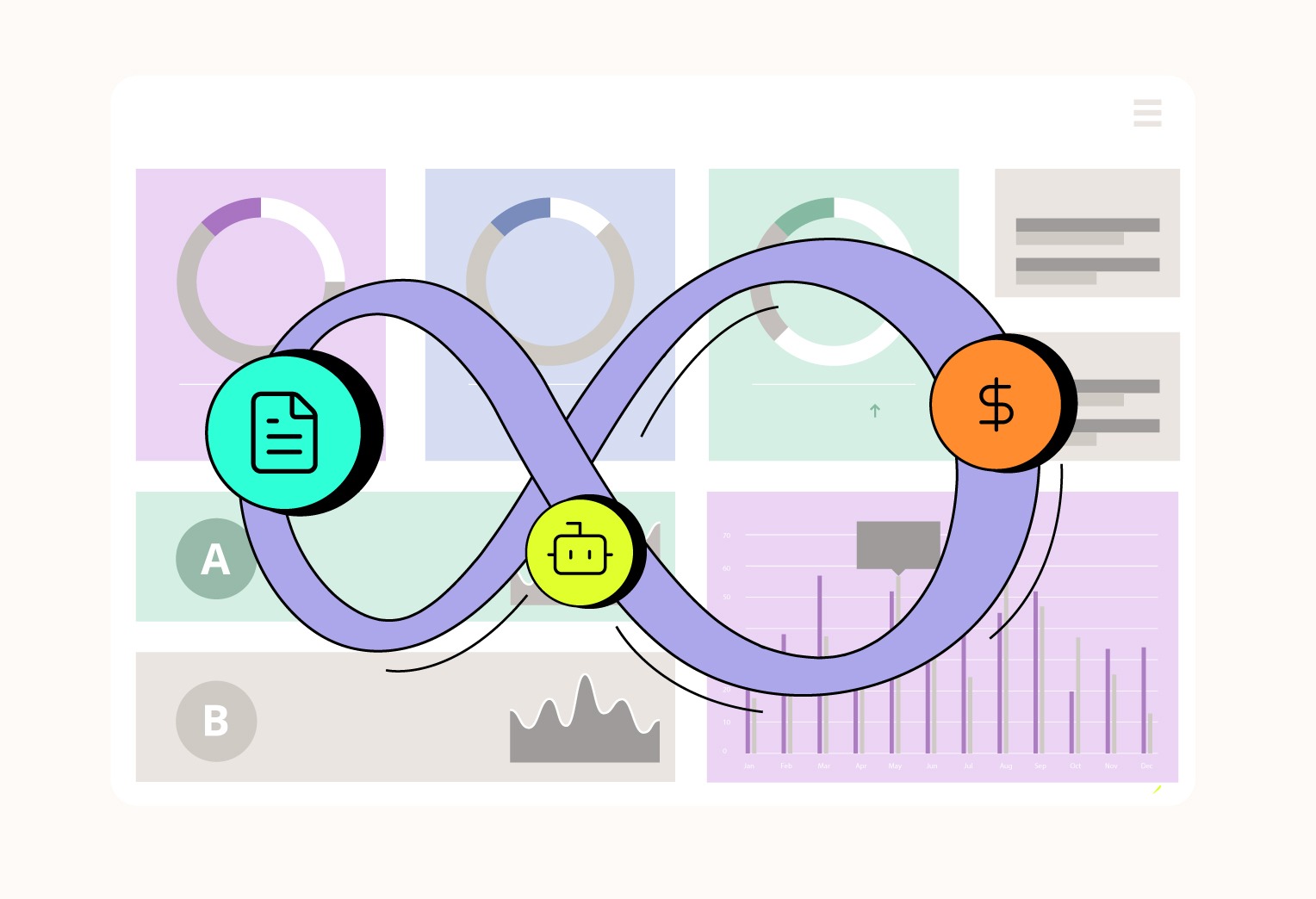Budgeting and financial forecasting are two indispensable tools in the realm of financial management. They play pivotal roles in helping businesses plan for the future, allocate resources, and make informed decisions. While these concepts might appear similar on the surface, they serve distinct purposes and employ different methodologies.
In this comprehensive blog post, we will delve deeply into the differences between budgeting and financial forecasting, supported by key examples. We’ll cover:
- Budgeting: Planning for control
- Financial forecasting: Predicting the future
- Key differences between budgeting and financial forecasting
- Final thoughts
Let’s get started.
Budgeting: Planning for Control
Budgeting is a systematic process that involves setting specific financial goals and limits for an organization over a predefined period, typically a fiscal year. Its primary objective is to allocate resources efficiently, monitor expenses rigorously, and ensure that financial goals are met.
Here are the key characteristics that distinguish budgeting:
Fixed Goals: Budgets are established based on fixed, predetermined goals. For instance, a company might set a budget to restrict its monthly marketing expenses to $10,000.
Detailed Planning: Budgets demand meticulous planning, often necessitating the breakdown of expenses by department, project, or category. This level of detail allows organizations to allocate resources with precision.
Short-Term Focus: Budgets are generally short-term in nature, typically spanning a fiscal year. They provide a snapshot of financial expectations over a defined period, allowing for regular assessments and adjustments.
💡 Example: Consider a small restaurant chain setting a budget to limit food costs to 30% of total revenue for the upcoming year. This budget serves as a guidepost for controlling costs and achieving profitability targets.
Financial Forecasting: Predicting the Future
Financial forecasting, conversely, is a dynamic process that involves estimating future financial outcomes based on historical data and current trends. While it informs budgeting, its primary purpose is to provide insights into potential financial scenarios. Here are the key characteristics that differentiate financial forecasting:
Flexible Assumptions: Forecasts rely on flexible assumptions and scenarios. They are not rigid like budgets and can adapt to changing circumstances, making them invaluable for strategic planning.
Long-Term Perspective: Financial forecasts often span several years, offering a long-term outlook on an organization's financial health. This extended horizon enables businesses to strategize effectively for the future.
Strategic Planning: Forecasts are crucial for strategic planning and decision-making. They help organizations anticipate challenges, seize opportunities, and navigate the uncertain terrain of the business landscape.
💡 Example: Imagine a tech startup that forecasts its revenue growth over the next five years. This forecast takes into account market trends, competition, expected product launches, and various scenarios, providing the company with a roadmap for sustainable growth.
Key Differences Between Budgeting And Financial Forecasting
Now that we have a clear understanding of budgeting and financial forecasting, let's delve deeper into the key differences between these two vital financial management tools:
Purpose: The fundamental disparity between budgeting and financial forecasting lies in their purpose. Budgeting is chiefly concerned with setting targets and controlling expenses to ensure that an organization stays within predefined limits. Conversely, financial forecasting is focused on providing insights into possible future scenarios, enabling businesses to make informed decisions and formulate strategic plans.
Flexibility: Budgets are relatively inflexible, as they are anchored in fixed goals and specific financial limits. They serve as rigid benchmarks against which an organization's financial performance is evaluated. In contrast, financial forecasts are adaptable and can incorporate a range of assumptions and scenarios. This flexibility allows businesses to model different outcomes and adjust their strategies accordingly.
Time Horizon: Budgets are typically designed to cover a short-term period, often aligning with a fiscal year. They offer a concise, near-term perspective on an organization's financial operations, making them ideal for day-to-day financial management. In contrast, financial forecasts span a more extended time frame, often extending beyond five years. This long-term outlook provides businesses with valuable insights for strategic planning, helping them navigate the complexities of long-range financial decision-making.
Usage: Budgets are primarily used for day-to-day financial management. They help organizations track expenditures, control costs, and ensure that financial goals are met within the defined budgetary constraints. Budgets are an essential tool for maintaining fiscal discipline. Conversely, financial forecasts serve a broader purpose. They guide strategic decisions and assist in identifying potential financial challenges or opportunities on the horizon. Forecasts empower businesses to proactively respond to changes in the economic landscape, market conditions, and internal factors, ensuring long-term sustainability.
Final Thoughts
In summary, budgeting and financial forecasting are intertwined yet distinct tools in the financial arsenal of any organization. While both are indispensable for effective financial management, they serve diverse purposes and employ different methodologies. Budgeting equips organizations with the tools to set and control financial targets in the short term, ensuring fiscal discipline and accountability. On the other hand, financial forecasting provides a flexible, long-term view of potential financial scenarios, empowering businesses to navigate the complex world of financial decision-making with confidence.
Incorporating both budgeting and financial forecasting into your financial management strategy can lead to a holistic and proactive approach to managing your organization's finances. By harnessing the power of these tools, businesses can strike a balance between short-term stability and long-term growth, ultimately achieving financial success and sustainability.
If you need a quick help with financial forecasting, Bluecopa can help you around. Ask for a demo today!




.jpg)